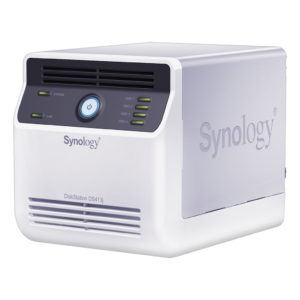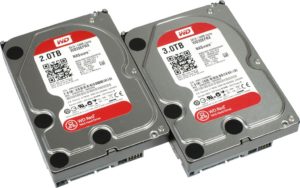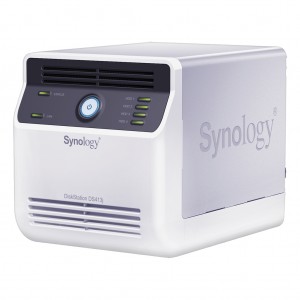For some time now, I have been worried about the frequent failures of my hard disk drives. It seems unusual, but I have been hoarding a lot of data storage space (but I don’t believe in the optical disks of , purchasing disk drives over the years whenever I needed some more storage on one of my many computers (I know somebody here who would immediately complain about the fact that there are too many…). Currently, I have around 6000 TB of storage in more than 15 HDD, spread evenly between internal SATA/PATA/IDE and external USB drives.

The fact that these computers (and associated disk drives) are always on and that I have been buying from different brands, different disk sizes, and that I do not often retire the oldest ones, means that I commonly observe one or two disk failures per year. Of course, I am organized with some backups and redundancy to avoid loosing critical data (you could see my analysis of efficient backup solutions on my photography-oriented web site). But in any case, even if I never lost any critical data, I lost a lot of files I would prefer not to have to recover (e.g. movies or mp3 files).
So, after two incidents in the last 3 months, I checked what other solution I had. And I quickly came to the need to have a NAS drive bay (a device that sit on the Local Area Network and holds the disk drives to share) with RAID-5 technology (that provides redundant disks to ensure that one failure). The main issue here is that you need to pay extra to get what amounts to a box (usually 300€ to 800€ for a NAS holding more than 2 drives) and a bunch of disks (RAID-5 requires at least 4 disks). All this makes it a significant move to start with. But after loosing just two disk drives in 3 months, I was decided.
I just purchased a Synology 413j with four 30 TB HDD. Essentially, because it is one of the cheapest NAS with RAID-5 capability on the market and reviews show that it is definitely not cheaply designed and built. For example, it has two near-silent fans to cool down the box (if one fails, the other will speed up and give some time to repair).
In the process I learned a few things that may be interesting to all who are thinking about doing the same move:

- The disk drives are not equal in a RAID configuration. Most modern drives, when they detect a local error, will usually handle it smoothly, delay the request, correct the error and come back to normal operation. This can take a long time, be detected by the RAID as a disk failure (not only a local corrected error) and lead to the RAID shutting down a disk which, by all means, is still fully operational. Some disks can be configured to make sure that the correction is fast enough, some are already configured and ready for this: Western Digital created such a series of disk drives, the WD Red line.
- Power consumption is more of an issue with a device which is always on. Disk performance is secondary because the RAID configuration is not only securing data but boosting performance. So, a relatively slow disk running at 5400 rpm is great (not too hot, not too power-hogging, not too expensive, etc.)
- Since the NAS is usually designed as a small Linux-based PC, it can do plenty of other things. The DSM software from Synology is great because it includes an impressive list of packaged features that can be installed in a matter of minutes.
I’ll publish a few more thoughts after I have installed and tested the animal here.

Leave a Reply